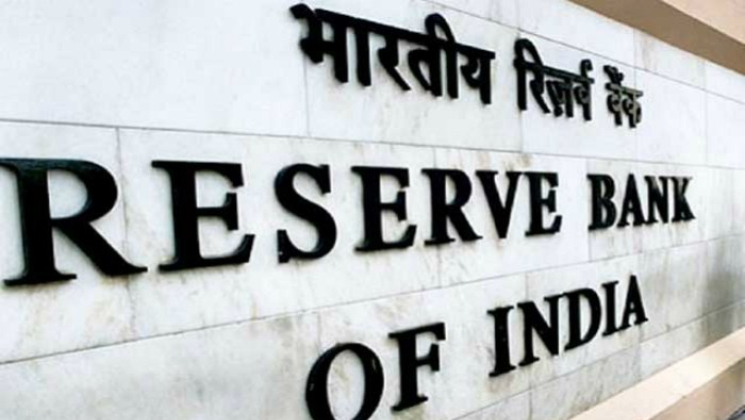- Sponsored -
RBI hikes repo rate for the first time in Narendra Modi’s rule

The six-member monetary policy committee of Reserve Bank of India headed by Governor Urjit Patel on Wednesday decided to hike the repo – the short-term lending rate – by 25 basis points to 6.25 per cent. While maintaining a neutral stance.
- Sponsored -
This was the first rate hike by the Indian central bank in four-and-a-half years, since the BJP-led National Democratic Alliance government was voted into office in May 2014. The reverse repo rate has been adjusted to 6 per cent.
The verdict by the Monetary Policy Committee (MPC) came after 3 days of deliberations instead of two.
“The MPC notes that domestic economic activity has exhibited sustained revival in recent quarters and the output gap has almost closed. Investment activity, in particular, is recovering well and could receive a further boost from a swift resolution of distressed sectors of the economy under the Insolvency and Bankruptcy Code,” RBI said.
The hike rate was unanimously favoured by the committee, RBI statement said.
When the RBI increases the repo rate – which is the rate at which banks borrow money from the RBI – banks usually pass on the burden to the customers. The increase in repo rate comes as a bad news for those who have borrowed from banks because it is likely to lead to an increase in the interest they pay on loans, be it the home loan, car loan or personal loan.
The central bank was to wait until August before hiking the key repo rate. However, the rise in fuel prices may have influenced the central bank’s decision.
- Sponsored -
